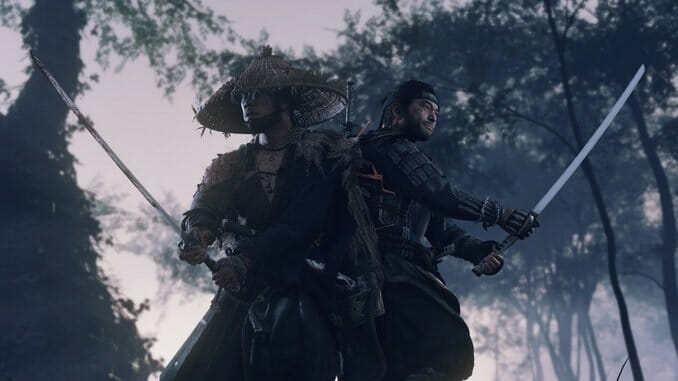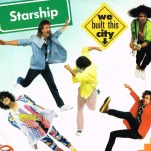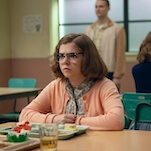Despite Its Love of Samurai Movies, Ghost of Tsushima Just Wants to Be a Videogame

Ghost of Tsushima and The Last of Us Part II don’t have much in common, beyond the fact that they’re the last two things I’ve played. They’re both big budget games for the PlayStation 4, and their developers both bring up movies when discussing their games. That’s about it. Their relationships with cinema couldn’t be more different, though. Whereas The Last of Us Part II tries to be a movie—at least as much of one as a videogame can be—Ghost of Tsushima is content to merely reference them, specifically the samurai films of Akira Kurosawa. It’s a bit like when a friend who just watched Seven Samurai for the first time won’t shut up about Kurosawa for a month straight. The passion is well-intentioned, but naive, and a little off-putting.
I don’t think it’ll shock anybody to hear that Tsushima is less ambitious than The Last of Us Part II. It’s absolutely okay with being a videogame, which I respect. Tsushima regurgitates design concepts that have been popping up in open world games for well over a decade, at times feeling like the most Ubisoft game that Ubisoft never made. It’s the closest we’ve seen yet to an Assassin’s Creed set in feudal Japan. And that lack of inspiration, that willingness to do what we know games can do instead of trying to chase some sense of innovation (or pretension), is why Ghost of Tsushima is more enjoyable than The Last of Us Part II (and yes, I say that even though Tsushima takes more time to play).
Do you like looking at maps? Do you like it when new icons keep popping up on a map over a period of hours? Do you like systematically tracking each of those icons down, and doing whatever it is the game wants you to do there—killing a town full of bad guys, climbing and swinging around a mountain shrine, playing “follow the leader” with an excitable fox—in hopes of getting skill points, which you can then cash in at not just one, but several different skill trees? Do you like it when that map suddenly gets bigger after you beat a certain boss, or after watching a cutscene, or after hitting a new act in the story?
Be honest: what’s your opinion on sidequests?
That’s how Ghost of Tsushima is structured. It’s deeply conventional, familiar to anybody who’s played this kind of game this century, and thus can be a little boring. It’s also comfortable, though, and that comfort makes this something I could play and enjoy semi-mindlessly for several hours in a row. Games keep adopting this structure because it works. It was a relief when I realized this was the kind of game I was playing, and thus realized how little it would wind up expecting from me. At that point Tsushima and I came to an agreement: I would do the videogame things it asked me to do, and in return it wouldn’t challenge me that much or make me have to really think about anything.

Two years ago I wrote about how Sucker Punch, an American studio, was working with Sony of Japan to treat Japanese history and culture with respect. (That’s a level of care that Sucker Punch didn’t extend to Native American populations when designing its last game, Infamous: Second Son.) I’ll leave it to those more knowledgeable of Japanese culture to decide how good of a job they do, and can’t wait to read those pieces once critics have had a chance to write them. I will say that while Tsushima leans hard into several cliches and tropes from samurai media, it does so with a consistent level of competence. The characters are pulled from a range of stock types, but they’re generally well-performed by a cast of actors of Asian descent. At no point have I noticed Tsushima playing Japanese culture or traditions for laughs, or trying to depict that culture as mysterious or strange. It’s still a very American take on 20th century Japanese artists’ depictions of Medieval Japanese culture, but the attempt to remain respectful is very evident—even with a minigame about composing haiku.







































